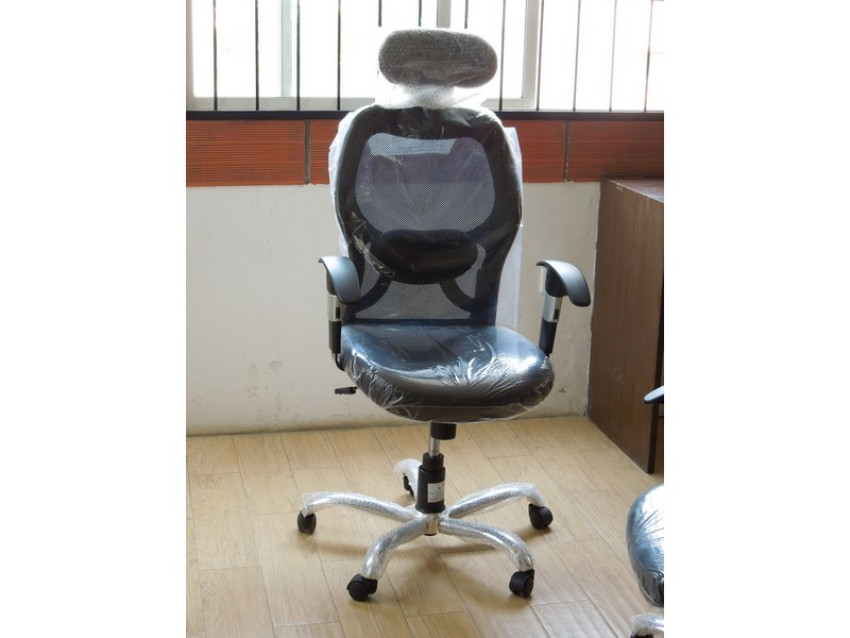
Introduction:
In the dynamic world of office design, the significance of office tables and chairs cannot be overstated. Best Office Chairs Bangalore these seemingly simple pieces of furniture play a crucial role in creating a conducive work environment, impacting productivity, comfort, and overall well-being of employees. Over the years, office furniture has undergone a remarkable evolution, adapting to the changing needs of the workforce and advancements in ergonomic design.
Historical Perspective:
A quick look at the past is necessary to comprehend the present. Traditional office furniture was often rigid and standardized, reflecting a more formal and hierarchical work culture. Desks were typically large and imposing, while chairs lacked the ergonomic features we now consider essential.
Ergonomics Revolution:
The late 20th century witnessed a paradigm shift in office furniture design with the introduction of ergonomic principles. Ergonomics, the science of designing workspaces to enhance efficiency and reduce discomfort, became a guiding force in the evolution of office chairs and tables. Adjustable chairs, sit-stand desks, and customizable workstations emerged, reflecting a newfound emphasis on employee well-being.
The Rise of Flexible Workspaces:
The advent of remote work and the rise of flexible office spaces have led to a reimagining of office furniture. Tables and chairs are now designed to be versatile, accommodating different work styles and preferences. Collaborative workspaces feature modular furniture that can be easily rearranged to suit various tasks and team sizes.
Technology Integration:
With the integration of technology in the modern workplace, office tables and chairs have evolved to accommodate the needs of a digital era. Smart desks with built-in charging stations, adjustable monitor arms, and cable management solutions have become commonplace. Chairs are designed to support prolonged computer use, addressing issues like back pain and eye strain.
Sustainable Design:
The increasing focus on sustainability has influenced the materials and production processes of office furniture. Companies are opting for eco-friendly materials, recyclable components, and energy-efficient manufacturing methods. This shift aligns with the growing awareness of environmental responsibility in corporate practices.
Aesthetics and Brand Identity:
Office furniture is no longer just functional; it also serves as a reflection of a company's brand identity. Many organizations are investing in stylish and visually appealing furniture that complements their overall aesthetic. The design of office tables and chairs contributes to creating a positive and cohesive corporate atmosphere.
Employee Well-Being:
Beyond mere functionality, contemporary office furniture prioritizes the health and well-being of employees. Ergonomically designed chairs with lumbar support, height-adjustable desks, and breakout areas with comfortable seating contribute to a healthier and more enjoyable work environment.
The Future of Office Furniture:
As we look ahead, the future of office tables and chairs seems to be shaped by ongoing technological innovations, an increased emphasis on well-being, and a commitment to sustainable practices. The integration of AI and smart technologies into furniture, along with a continued focus on adaptability and flexibility, will likely define the next wave of office design.
Conclusion:
The evolution of Office Table and Chairs Bangalore is a fascinating journey that mirrors the changing landscape of work culture, technology, and design philosophy. From rigid and formal structures to flexible, ergonomic, and aesthetically pleasing furniture, the trajectory reflects a commitment to creating workspaces that foster productivity, collaboration, and employee satisfaction. As the world of work continues to evolve, so too will the furniture that supports it.




